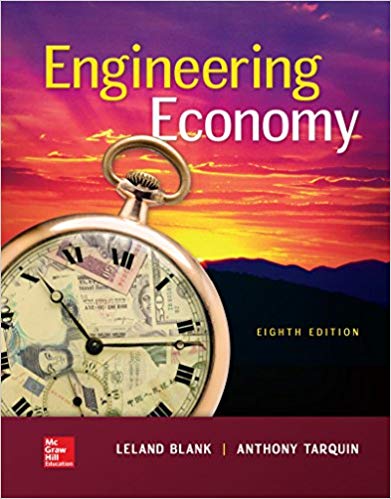A public utility in a medium-size city is considering two cash rebate programs to achieve water conservation.
Question:
A public utility in a medium-size city is considering two cash rebate programs to achieve water conservation. Program 1, which is expected to cost an average of $60 per household, provides a rebate of 75% of the purchase and installation costs of an ultra-low-flush toilet ($100 max). This program is projected to achieve a 5% reduction in overall household water use over a 5-year evaluation period. This will benefit the citizenry to the extent of $1.25 per household per month. Program 2 involves turf replacement with xeric (low water need) landscaping. The program is expected to cost $500 per household, but it will result in reduced water cost estimated at $8 per household per month (on the average). Use the B/C method at a discount rate of 0.5% per month to determine which program, if any, the utility should undertake. The programs may be
(a) Mutually exclusive,
(b) Independent.
Discount RateDepending upon the context, the discount rate has two different definitions and usages. First, the discount rate refers to the interest rate charged to the commercial banks and other financial institutions for the loans they take from the Federal...
Step by Step Answer:






